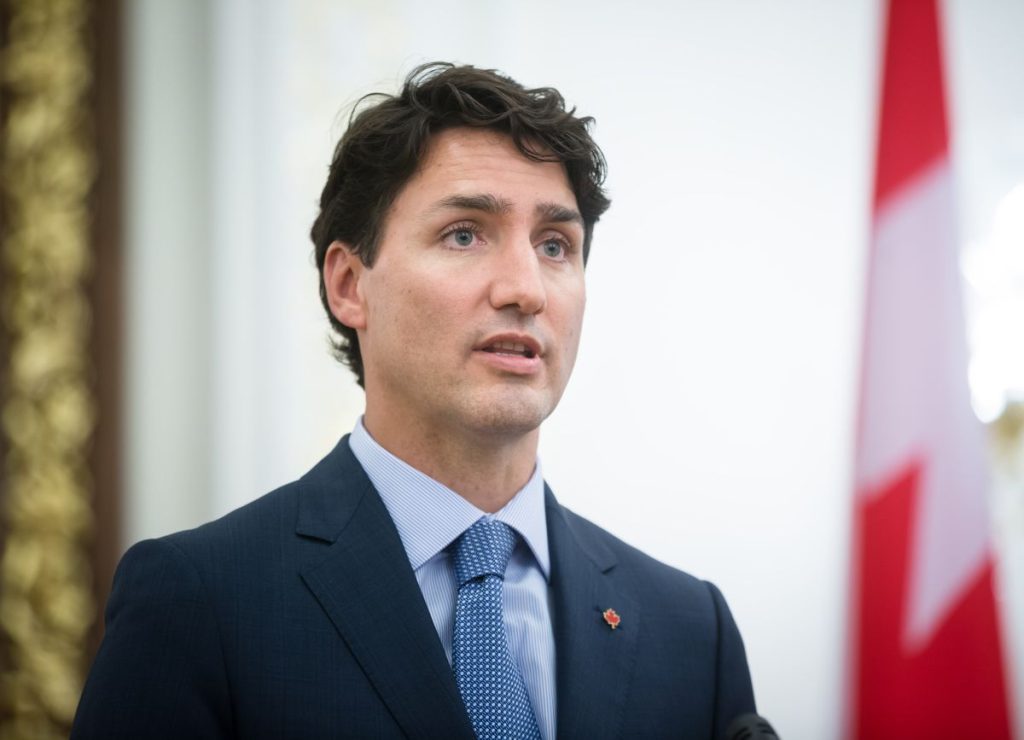Canada has implemented retaliatory tariffs in response to the new trade measures imposed by the U.S. government. Prime Minister Justin Trudeau announced that a 25% duty will be applied to $155 billion worth of American imports, a direct reaction to the tariffs the U.S. placed on Canadian goods earlier the same day.
The new tariffs will be introduced in two phases. The first set, which takes effect on February 4, covers $30 billion worth of goods, including agricultural products such as orange juice, peanut butter, coffee, beer, wine, and spirits, as well as consumer goods like apparel, appliances, motorcycles, cosmetics, and pulp and paper. The second phase will be subject to a 21-day review period before full implementation. This round will cover an additional $125 billion worth of imports, including vehicles, electric trucks, aerospace components, steel and aluminum products, dairy, pork, and other agricultural goods.
Trudeau framed the tariffs as a necessary measure to protect Canadian businesses and workers, emphasizing that the government had no choice but to respond to the U.S. actions. Canada’s Minister of Finance, Dominic LeBlanc, described the U.S. tariffs as unjustified, reinforcing that the countermeasures are intended to defend the country’s economic interests.
Trade Tensions Intensify as Supply Chains Adjust
The new tariffs will introduce added complexity for U.S. businesses that rely on Canada as a key export market. Industries such as agriculture, automotive, and manufacturing will be especially impacted, with companies facing higher costs and potential shifts in demand as Canadian buyers seek alternative suppliers. Businesses that depend on cross-border trade will need to re-evaluate supply chains, pricing structures, and sourcing strategies to navigate the changing trade landscape.
The timing of these measures complicates an already uncertain trade environment. With the United States-Mexico-Canada Agreement (USMCA) scheduled for review in 2026, further policy changes could reshape the flow of goods between the two countries. The U.S. had previously warned of additional trade actions if Canada retaliated, raising concerns that tensions could escalate further.
Preparing for a Volatile Trade Environment
For businesses exporting to Canada, immediate steps should include assessing financial exposure and exploring mitigation strategies. Diversifying customer bases, reviewing pricing models, and leveraging trade programs that reduce tariff costs could help ease the financial strain. Companies should also examine supplier contracts and logistics networks to ensure they remain competitive under the new conditions.
With the second phase of tariffs still open for review, affected businesses may have a window to provide input before the final list is determined. However, the broader uncertainty surrounding U.S.-Canada trade relations means companies must remain agile, continuously evaluating risks and adjusting strategies as needed. Those that adapt quickly will be in a stronger position to manage costs and maintain market stability in an increasingly unpredictable trade climate.



